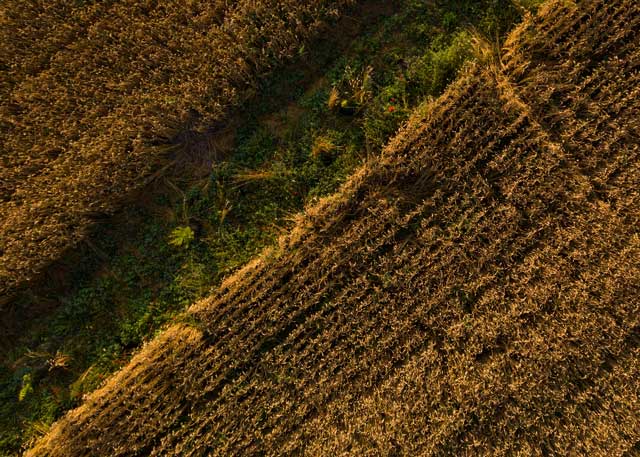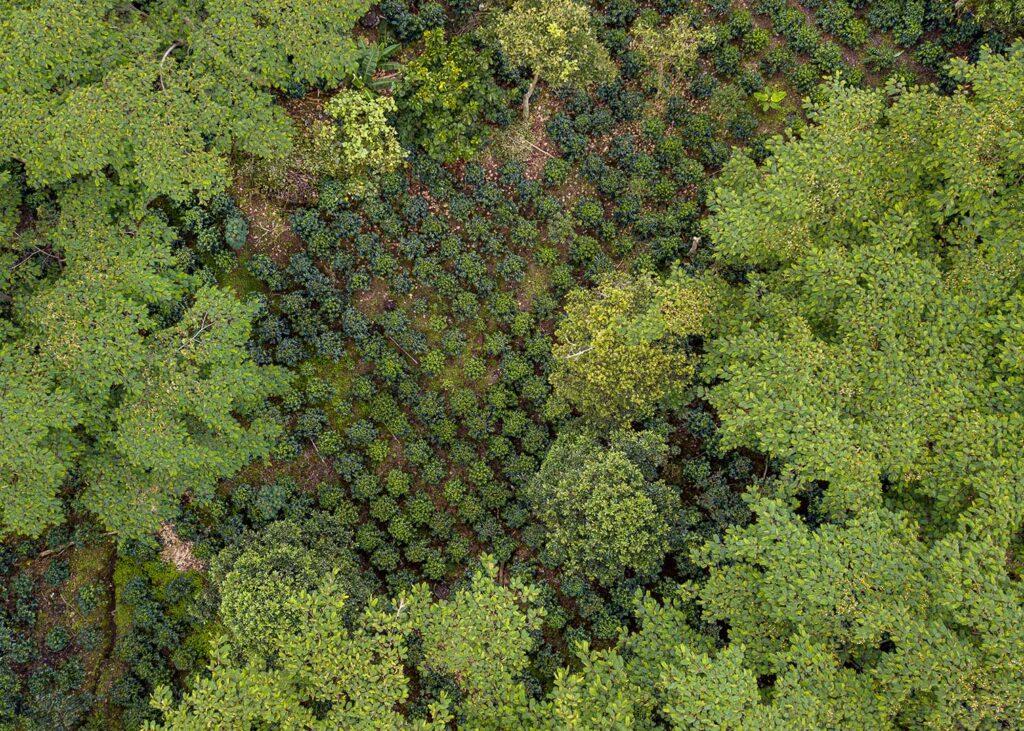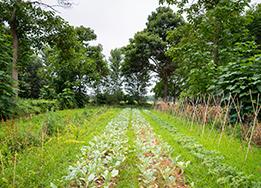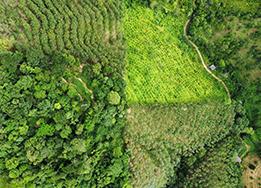The well-being of our environment is the foundation of our society. When vital ecosystems become endangered, we drastically increase the risk of food insecurity, poverty, and supply chain disruptions—showing just how vulnerable our systems are to environmental collapse.
The World Wide Fund for Nature (WWF) has reported that the global decline in nature will cost $500 Billion USD per annum by 2050, which includes:
- $327 billion from coastal zone degradation, due to extreme events and rising sea levels.
- $128 billion from loss of carbon storage that protects against climate change.
- $15 billion from loss of habitats for bees and other pollinating insects.
- $19 billion due to reduced water availability for agriculture.
- $7.5 billion due to the loss of forests and forest ecosystem services.
To alleviate these environmental and financial risks, PUR is working with global partners to implement Nature-Based Solutions (NBS), such as agroforestry and regenerative agriculture—which can mitigate around 35% of these costs by transitioning supply chains and restoring ecosystems. According to the United Nations, investments in NBS must be multiplied by four by 2050, since over half of global GDP is dependent on healthy and well-functioning ecosystems.



